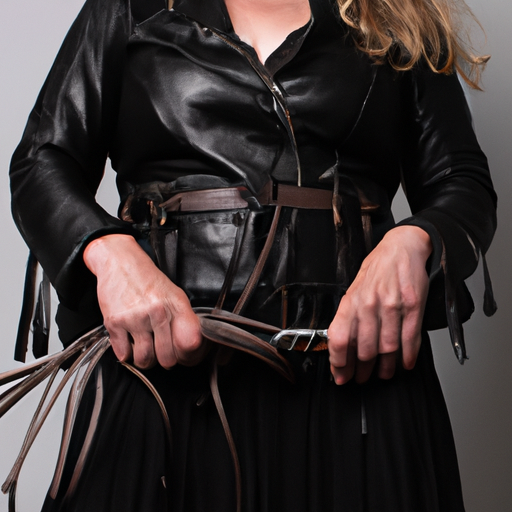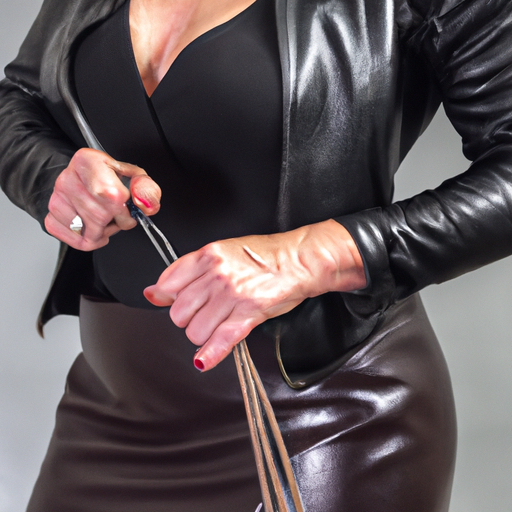What are some common misconceptions about submissive men in Korean femdom relationships?
In recent years, the topic of femdom relationships has gained significant attention in various cultures around the world. One particular aspect of this phenomenon that often leads to misconceptions and misunderstandings is the role of submissive men in korean femdom relationships. These misconceptions can perpetuate stereotypes and hinder our understanding of the complex dynamics within these relationships. In this blog post, we will explore some of the common misconceptions about submissive men in Korean femdom relationships and seek to shed light on the reality behind these stereotypes.

Misconception #1: Submissive men in Korean femdom relationships are weak or lacking confidence.
One of the most prevalent misconceptions surrounding submissive men in Korean femdom relationships is the assumption that they are weak or lack confidence. This stereotype fails to recognize that submission is a consensual choice made by individuals who possess a deep understanding of their desires and preferences. In fact, many submissive men in these relationships are often highly accomplished, confident, and assertive in their professional lives. It is important to remember that submission is a personal preference and does not reflect one’s overall strength or character.
Misconception #2: Submissive men in Korean femdom relationships are passive participants.
Another common misconception about submissive men in Korean femdom relationships is that they are passive participants who have no control or agency. This misconception fails to acknowledge the dynamic nature of these relationships, where power exchange is consensual and negotiated. Submissive men actively participate in setting boundaries, establishing rules, and expressing their needs within the parameters of the dominant-submissive dynamic. It is crucial to recognize that submission is a voluntary act, and both parties derive pleasure and fulfillment from their roles.
Misconception #3: Submissive men in Korean femdom relationships are solely motivated by sexual desires.
A prevailing misconception surrounding submissive men in Korean femdom relationships is the belief that their motivations are solely rooted in sexual desires. While sexual exploration and experimentation can be an integral part of these relationships, it is essential to understand that they encompass far more than just sexual activities. Korean femdom relationships often involve emotional intimacy, trust, and a deep connection between the dominant and submissive partners. Submissive men seek fulfillment and satisfaction beyond the physical realm and find solace in the power dynamic that these relationships provide.
Misconception #4: Submissive men in Korean femdom relationships are victims of abuse.
Perhaps one of the most damaging misconceptions regarding submissive men in Korean femdom relationships is the assumption that they are victims of abuse. This misconception fails to differentiate between consensual BDSM activities and non-consensual abuse. Korean femdom relationships are built on principles of trust, communication, and mutual respect, with consent being the cornerstone of all activities. Submissive men willingly engage in these relationships and actively participate in establishing boundaries to ensure their safety and well-being.
In conclusion, it is important to challenge the misconceptions surrounding submissive men in Korean femdom relationships. These misconceptions can hinder our understanding of the dynamic nature of these relationships and perpetuate harmful stereotypes. Submissive men are not weak or lacking confidence; they actively engage in power exchange dynamics, seek emotional connection beyond sexual desires, and willingly participate in consensual relationships. By dispelling these misconceptions, we can foster a more inclusive and respectful dialogue about the diverse nature of relationships and human desires. Visit Them.
Would you like to wear high heels?
High Heels: A Feminine Fashion Statement or a Form of Subjugation?

As women, we are constantly bombarded with societal expectations of how we should look, dress, and present ourselves. One of the most controversial fashion choices for women is the infamous high heel. For centuries, high heels have been a symbol of elegance, femininity, and power. However, in recent years, a growing debate has emerged about the ethical implications of wearing high heels. In this blog post, we will explore the various aspects of this debate and attempt to answer the question: Would you like to wear high heels?
On one hand, high heels have been embraced by many women as a fashion statement and a means of empowerment. They can make a woman feel taller, more confident, and more attractive. High heels have the power to transform an outfit, adding a touch of sophistication and glamour to any ensemble. They can enhance a woman’s posture, creating a sense of poise and grace. In this sense, high heels can be seen as a tool for self-expression and personal style.
However, it is important to acknowledge the darker side of high heels. Critics argue that they are not only uncomfortable and impractical, but also contribute to the objectification and sexualization of women. Wearing high heels can be physically and mentally taxing, often resulting in foot and back pain, as well as an increased risk of injury. Furthermore, the expectation for women to wear high heels in certain professional settings can perpetuate gender inequality and reinforce traditional gender roles.
The fashion industry has also been criticized for its unrealistic beauty standards and the pressure it puts on women to conform to a narrow definition of attractiveness. High heels, with their emphasis on long, slender legs and a certain level of physical discomfort, can be seen as a product of this toxic culture. By wearing high heels, women may unknowingly be participating in a system that objectifies and marginalizes them.
So, would you like to wear high heels? The answer to this question is deeply personal and subjective. It is crucial for each woman to examine her own values, beliefs, and comfort levels when it comes to fashion choices. It is also important to consider the context in which high heels are worn. Are they a personal choice or a societal expectation? Are they worn for oneself or to conform to external pressures?
Ultimately, the decision to wear high heels should be a conscious and empowered one. If a woman chooses to wear high heels, it should be because she genuinely enjoys them and feels comfortable in them, rather than feeling compelled to conform to societal norms. Likewise, if a woman chooses not to wear high heels, her decision should be respected and supported.
In conclusion, the debate surrounding high heels is complex and multifaceted. While they can be seen as a symbol of femininity and power, they also raise important ethical questions about beauty standards, gender inequality, and personal choice. It is crucial for each woman to critically examine her own motivations and consider the broader implications of her fashion choices. Ultimately, the decision to wear high heels should be a reflection of personal empowerment and autonomy.